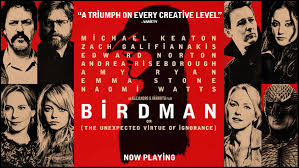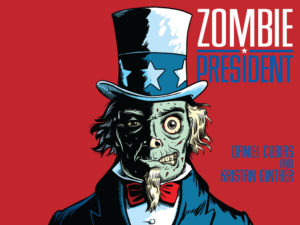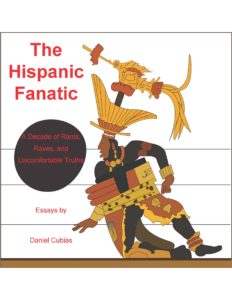My abuela is past 90 and shows no signs of ill health. I wonder if she will visit me in the retirement home, because I will end up in one of those places long before she does.
I mention this because more Americans are entering “the sandwich generation,” where they raise their kids while taking care of their aging parents. It’s a common scenario, and the premise for at least a couple of failed sitcoms.
Indeed, in post-recession America, multiple generations under one roof is not uncommon. And for Latinos, economic necessity and strong familial bonds increase the odds that individuals will one day have to take care of their parents. But that scenario doesn’t seem to faze us.
In fact, more than 90% of Hispanics say providing assistance to elderly loved ones will be a positive experience, a higher number than the general population. And while more than half of all caregivers to the elderly report being stressed about the situation, only one-third of Latinos who care for an older person say that it has caused stress.
Yes, as I’ve written before, putting one’s aging parents in a retirement home is unthinkable for many Hispanics. Latino culture is strongly focused on the family, and it is often assumed that elderly parents will eventually go live with their adult children. As one Latina writer puts it, “We open our doors and bring [elderly parents] home, we care for them, and we do not set them aside like a piece of old furniture.”
Of course, that’s a little harsh on all you non-Latinos who plan to stuff mom and dad in one of those old folks’ homes at some point. But it is — how can I put this? — pretty much damn true.
Now, there is a dark side to this. Perhaps because Latinos often presume that elderly parents will eventually go live with their adult children, just 10% of Latinos report that they have done much planning for their long-term care.
So when madre or padre does move in, stresses such as overcrowding and conflicting needs can pile up. Still, we seem to be handling it well so far.
As for my abuela, thus far she has not had to move in with any of her kids (or more likely, her grandkids). She lives by herself, where she cooks, watches TV, and reminisces about the past.
But I bet she’s also plotting how to spend the inheritances she will get, considering she will outlive all of us.














